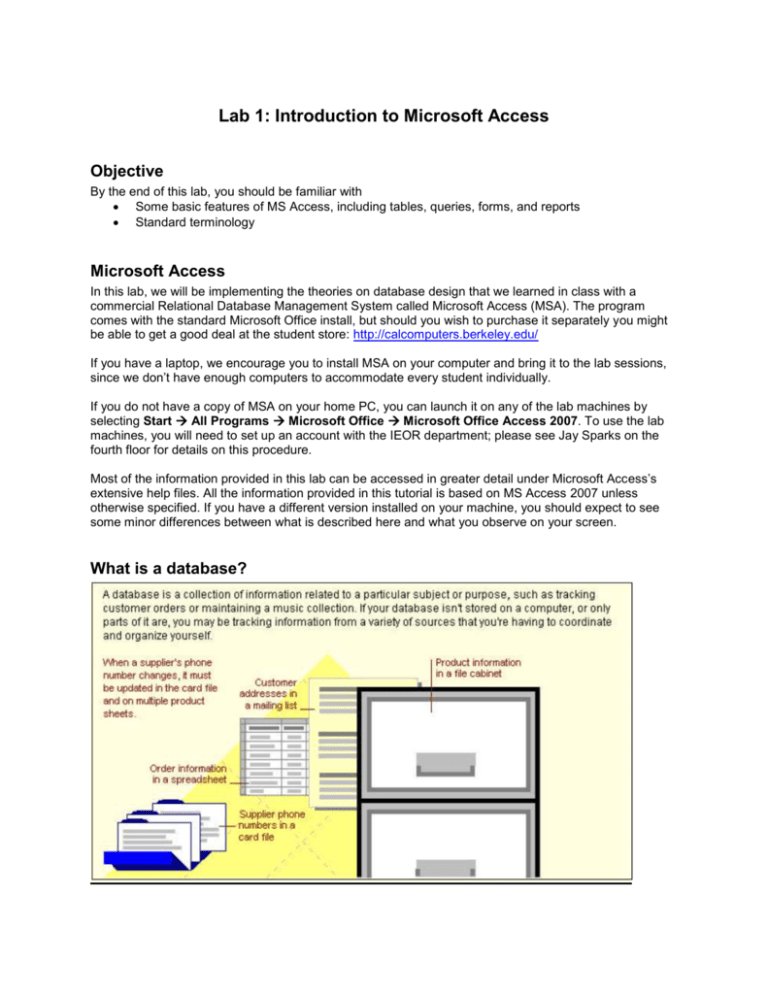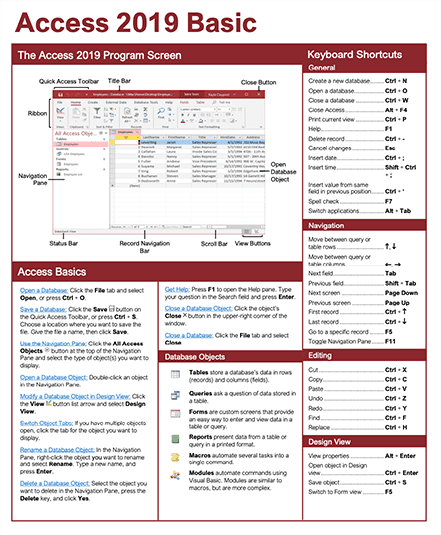
With the Tables object tab selected, double-click the "Create table in Design view". We'll be creating the table tbl_Sales that you saw above, but remember this is only the table creation stage and we Then you might label that column "ProductID" and specify that only numbers should be stored for that column. For example if you wanted to store the product identification numbers involved in a sale, When you create a table in Access you have to know what the table will store and whatįormat that information will be in. Now that we've covered the basics of Access Tables let's actually create one! Creating an Access Table If you stick with it you'll be amazed at how much you can learn! To seem if it is starting to make more sense. These definitions may seem confusing at first and if that is the case, please read through this lesson, play around in Access then revisit this page The value $150.00? Which row and column intersected at this cell? When you enter information into Access it will often be one cell at a time! 
Cells: A cell is simply the intersection of a row and a column.This record was entered left-to-right as follows: Employee-Bob, Product-Slipper, Price-$5.00, SaleNumber-3. Store was a pair of slippers, which sold for $5.00. For example, in this table one sale at Bob's Shoe Rows: A row is one horizontal segment of the table (i.e.The columns in this table are: Employee, Product, Price and SaleNumber. The vertical columns have their label at the top and these labels should describe the type of information
 Columns: A column is one vertical section of the table (i.e.
Columns: A column is one vertical section of the table (i.e. 
Simply called our sales table Sales, but by including a prefix tbl_ there is absolutely no confusion and is a great Access tbl_Sales: The name of our table is the example is "tbl_Sales".There are for key components we want you to learn right now: Tables are a grid made up of rows and columns. Instead of having wooden legs and being used for meals, Access A table in Access is quite different then a table in real life.







 0 kommentar(er)
0 kommentar(er)
